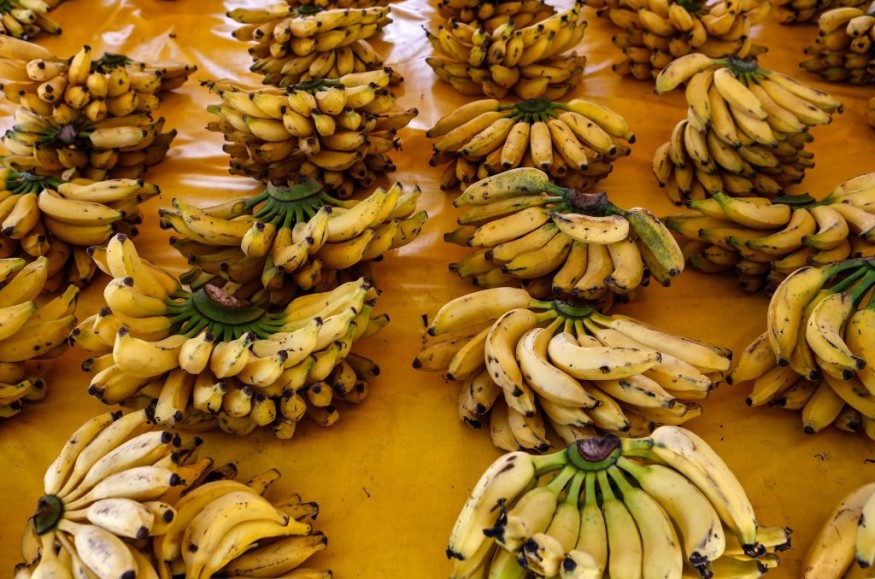Bananas have ancient ancestors that scientists are still trying to find until now due to the notion that they still exist. This is according to a new study through collaboration between multiple countries, including France, Belgium, and Papua New Guinea.
The scientists believe that the so-called wild bananas or wild ancestors of the yellow fruit that we all love today can save their descendant from the brink of extinction.
The scientific team believes the ancient banana ancestors include long-forgotten species or subspecies of wild bananas. The team asserts that the discovery of these wild ancestors, where they believe is somewhere in Southeast Asia and Oceania, can help what the so-called "clone bananas" of the missing ancestors from the threat posed by pests and infectious disease affecting crops and plants in general.
The term clone came into play as the team found that the yellow bananas that we see in contemporary times are part of the global supply. It was a result of selective cultivation of Musa acuminata plants by communities in the Oceania continent over 7,000 years ago. For thousands of years, the plant's fruit eventually evolved into the famous sweet and seedless banana fruit that we know today.
Ancient Banana Ancestors

Scientists used genetic sequencing techniques to determine the genetic fingerprints of 226 different banana leaf extract. With this method, the team was able to outline a family tree between the ancient banana ancestors and most of today's diploid cultivated bananas which are descendants of , according to the study published in the journal Frontiers in Plant Science on October 7.
Dubbed as hybrid bananas, the evolution of these modern fruits were a product of introgressions and hybridization. In general, this process is part of domestication seen in the last 12,000 years due to the interactions between plants and humans, based on the latest research.
At least three mystery ancestors could have contributed to the evolution of the banana genome from M. acuminata thousands of years ago but we have not identified them yet, according to Julie Sardos, a genetic resources scientists at the Alliance of Bioversity International and CIAT in France, as cited by the website Science Alert.
Also Read: Why Are Male Mice Afraid of Bananas?
Where Could They Be?
Authors of the new research used their personal determination that just because banana species or banana subspecies out there were never recorded by scientists does not mean none of them exists. The team also postulates that these ancient bananas are still living somewhere in the wild or a remote part of the world. If confirmed, the discovery could significantly contribute in the field of plant science.
Amongst the three ancient banana ancestors, the researchers believe one is likely located from an area between the Gulf of Thailand and the west of the South China Sea. Another wild banana is probably situated between north Borneo and the Philippines. Lastly, one looks like it came from the New Guinea island.
In today's time, there are over 1,000 varieties of bananas being produced and consumed across the world, according to the Food and Agriculture Organization (FAO) of the United Nations (UN).
Related Article: Bananas are Going Extinct -- Can We Still Save Them?
© 2025 NatureWorldNews.com All rights reserved. Do not reproduce without permission.





